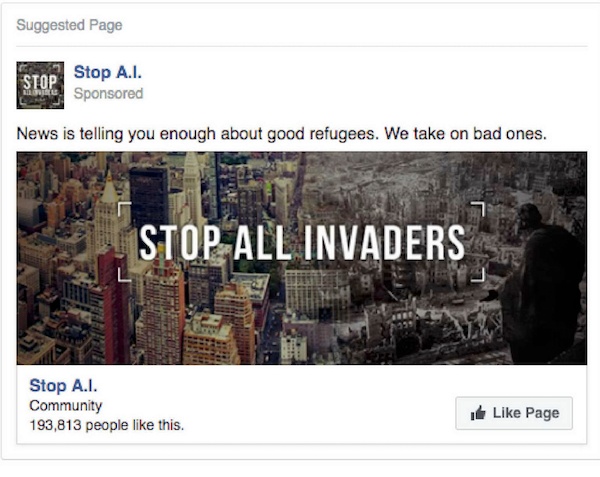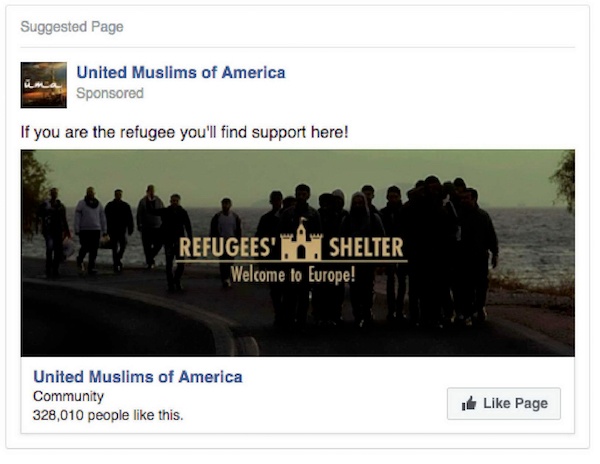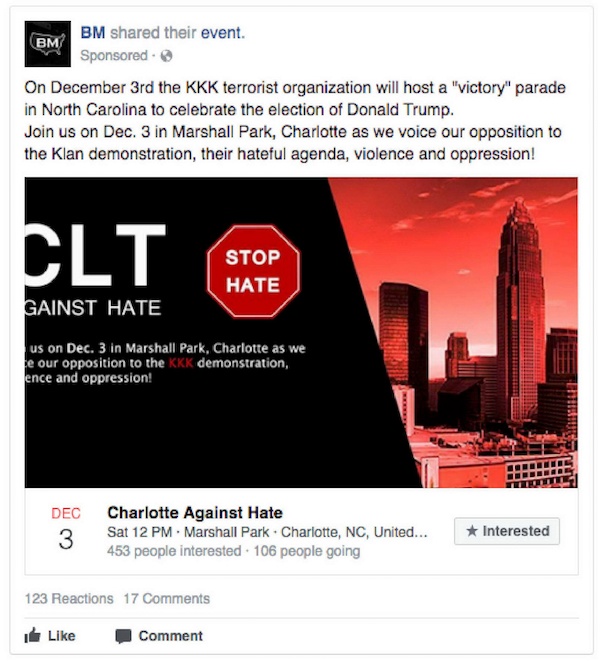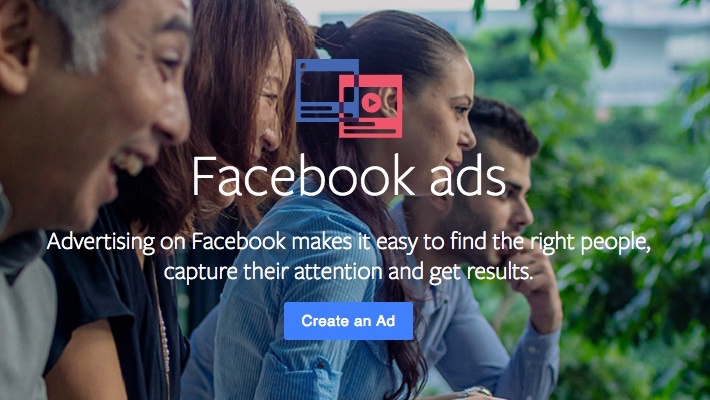The U.S. House Permanent Select Committee on Intelligence (HPSCI) Minority yesterday released roughly 3,400 ads that ran on Facebook and Instagram leading up to the 2016 U.S. presidential elections. "There’s no question that Russia sought to weaponize social media platforms to drive a wedge between Americans, and in an attempt to sway the 2016 election," said Representative Adam Schiff, Ranking Member of the House Permanent Select Committee on Intelligence, in a statement. As for the ads, the Minority states that they were exposed to over 11.4 million American Facebook and Instagram users. On the issue of refugees, for example, each of the below pages (and the ads bought to promote them) appears to take a contrasting side -- yet both were the work of the IRA. In October, Facebook introduced a verification process that would only allow authorized advertisers to run electoral ads on Facebook or Instagram -- that is, ads for a specific candidate -- and will also contain a "Political Ad" label. Nonetheless, a number of ads do focus on specific political and former presidential candidates, sharpening the associations voters make between elected officials and the country's most heated controversies. What we found particularly interesting was the nature of the targeting criteria for each ad. Facebook's targeting tools allow advertisers to build a customized audience for promoted content, based on interests, location, age range, and other demographic information. However, each one contains different targeting information. "We will continue to work with Facebook and other tech companies," Schiff said in his satement, "to expose additional content, advertisements, and information as our investigation progresses."

The U.S. House Permanent Select Committee on Intelligence (HPSCI) Minority yesterday released roughly 3,400 ads that ran on Facebook and Instagram leading up to the 2016 U.S. presidential elections.
The ads, which were purchased by the Russian-based Internet Research Agency (IRA), ran between Q2 2015 and Q3 2017, meaning that some of them continued to run after the election and President Trump’s January 2017 inauguration.
“There’s no question that Russia sought to weaponize social media platforms to drive a wedge between Americans, and in an attempt to sway the 2016 election,” said Representative Adam Schiff, Ranking Member of the House Permanent Select Committee on Intelligence, in a statement. “Russia sought to divide us by our race, by our country of origin, by our religion, and by our political party.”
The Nature of the Ads
We combed through as many of the ads as we could, and based on the sample we viewed prior to publishing this post, they accurately reflect Schiff’s statement.
The ads represent only a portion of what has been reviewed by the HPSCI Minority over the course of its investigation of Russian interference with U.S. electoral processes.
In addition to these ads, the Minority noted in a statement that many of these IRA-created accounts — which purchased the ads — also published 80,000 pieces of organic content, which the were exposed to an estimated 126 million American consumers.
That content was not included in what was released yesterday, and its nature remains unclear. As for the ads, the Minority states that they were exposed to over 11.4 million American Facebook and Instagram users.
The IRA-purchased ads focus on a range of issues to a somewhat superficial degree, including:
- Race
- Police Brutality
- Patriotism
- Civil Rights
- Sexual Orientation
- Immigration
- Economy
Without looking at every single ad, it’s difficult to say if a majority of them leaned to one particular political aisle. For many of the above-listed issues, there were accounts created and ads published for both sides.
On the issue of refugees, for example, each of the below pages (and the ads bought to promote them) appears to take a contrasting side — yet both were the work of the IRA.


Some of the ads contained information and images that were redacted “to protect personally-identifiable information (PII),” according to a statement released by the House Permanent Select Committee on Intelligence.
Many of the ads were also purchased to promote events falling on either side of contentious issues. In addition to certain content redactions, the Minority says it has urged Facebook to inform creators of “genuine online events” that they might have been unknowingly advertised by the IRA.


In addition to those redactions, the statement notes that Facebook notified users whose genuine online events were unwittingly promoted by the IRA.
The nature of the ads released by Congress seems to be overwhelmingly issue-based, most of them not pertaining to a certain candidate but rather emphasizing topics that are often sources of debate and divisiveness — especially during election season.
In October, Facebook introduced a verification process that would only allow authorized advertisers to run electoral ads on Facebook or Instagram — that is, ads for a specific candidate — and will also contain a “Political Ad” label.
That same process will apply to those seeking to publish issue-based ads, though at the time, Facebook did not say it would require them to be labeled. Earlier this week, however, Facebook announced that it will introduce labeling requirements for issue-based ads — a move that was perhaps anticipatory…

COMMENTS